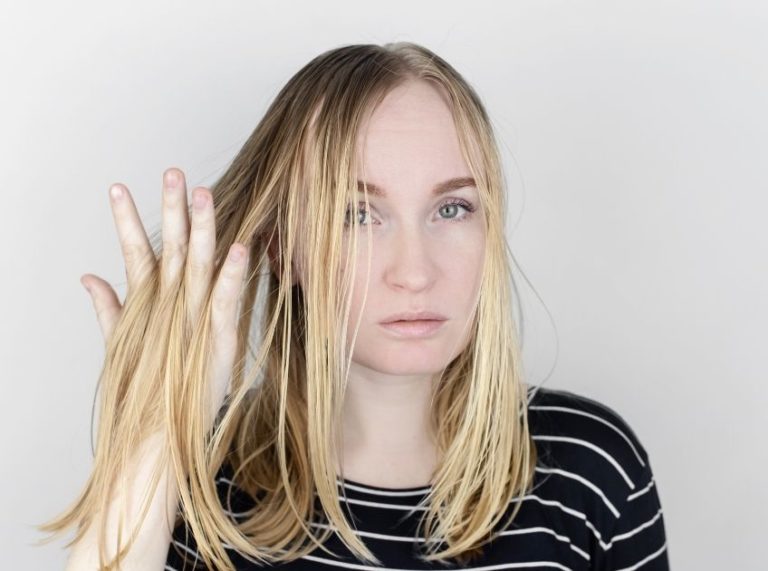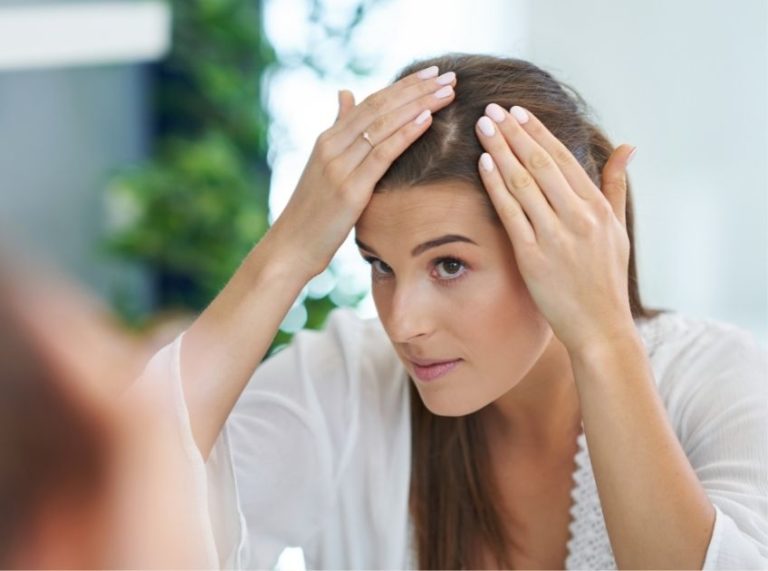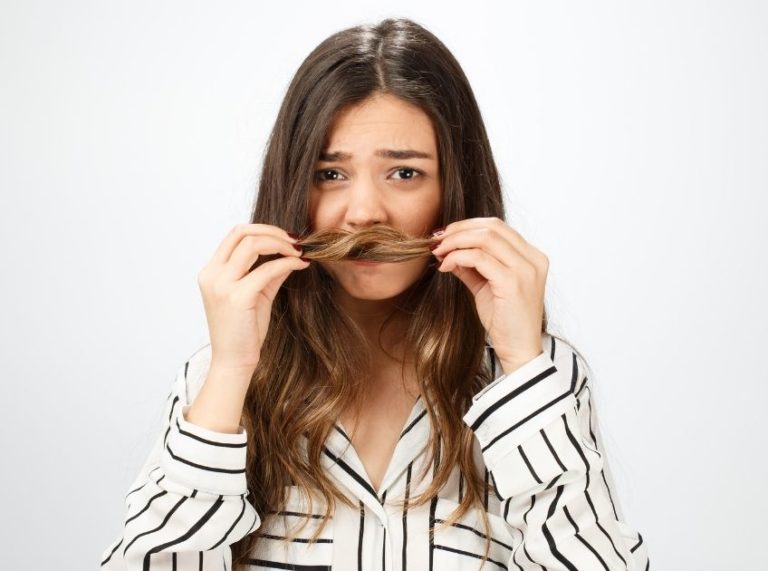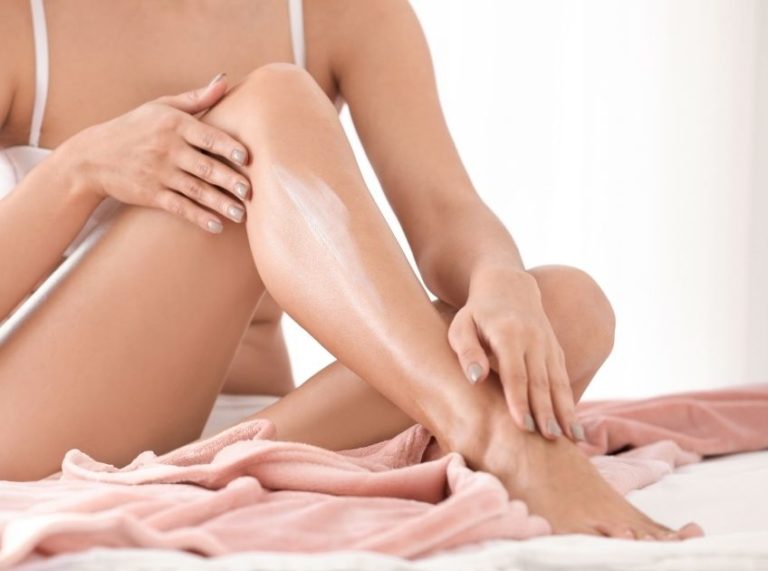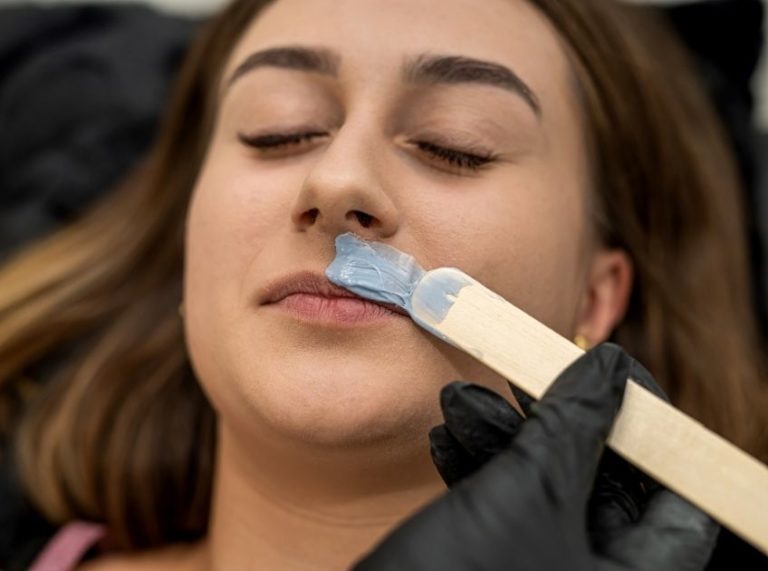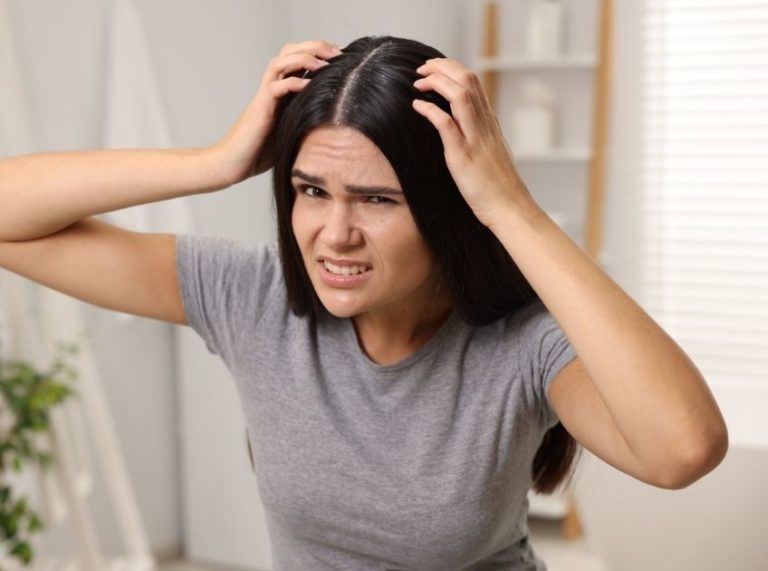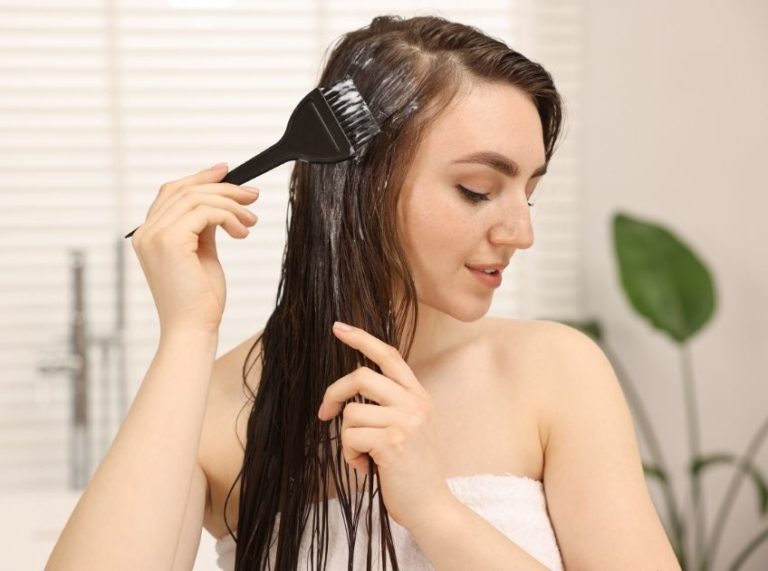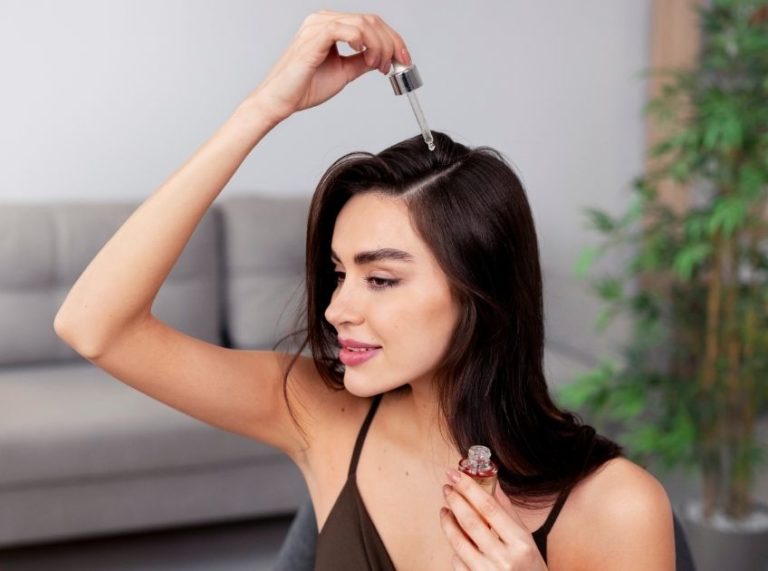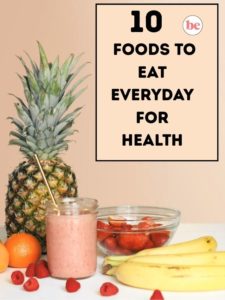
Important: This article is for informational purposes only. Please read our full disclaimer for more details.
Struggling with thinning hair, breakage, or slow growth? Nature might just hold the solution. Hibiscus, a time-tested Ayurvedic herb, has gained attention for its powerful effect on hair health. If you’re looking for a simple, effective remedy, this DIY hibiscus hair mask can be a game-changer.
Why Your Hair Needs Hibiscus Right Now
- Stimulates dormant hair follicles
- Strengthens roots and reduces breakage
- Deeply conditions and adds shine
- Fights dandruff and scalp irritation
Hibiscus is rich in antioxidants and vitamins that nourish hair from root to tip, promoting healthy, fuller growth.
The Power Behind Hibiscus and Friends
Hibiscus petals and leaves contain flavonoids, amino acids, and vitamin C, which improve scalp circulation and strengthen hair roots (1).
Yogurt provides protein and lactic acid to smooth hair and exfoliate the scalp.
Coconut oil penetrates deeply to reduce protein loss and nourish dry strands.
Backed by Science: What Makes It Work
- A study published in the Journal of Ethnopharmacology found that hibiscus leaf extract promotes hair growth comparable to conventional treatments (2).
- Vitamin C (3) in hibiscus enhances collagen production, essential for strong hair shafts.
- Coconut oil (4) has been proven in PubMed Central research to prevent protein loss in hair due to its deep penetration (5).
These ingredients work synergistically to nourish the scalp, awaken follicles, and condition the hair shaft.
How to Use Hibiscus for Hair: Beyond the Mask
Hibiscus can be used in various forms to support hair growth and scalp health:
1. Hibiscus Oil
- Heat 1 cup of coconut oil with 10 hibiscus petals and a few leaves.
- Let it simmer, strain, and store.
- Massage into the scalp twice a week.
2. Hibiscus Shampoo
- Blend hibiscus petals with water and a spoonful of aloe vera.
- Mix into a sulfate-free shampoo base for a natural cleanser.
3. Hibiscus Conditioner
- Mix blended hibiscus petals with aloe vera gel and a few drops of lavender oil.
- Apply after shampooing for smooth, manageable hair.
Hibiscus Hair Mask for Treating Alopecia
Hibiscus contains amino acids and enzymes that stimulate dormant follicles, making it beneficial for alopecia-related hair thinning. Regular application improves blood circulation to the scalp and encourages hair regrowth. Combine with amla or fenugreek for added strength.
When to Stop Using the Mask
Discontinue use if you experience:
- Scalp redness or itching
- Unusual hair shedding
- Signs of allergic reactions
Always do a patch test before full application.
Best Hair Types for This Mask
This hibiscus mask is ideal for:
- Dry and damaged hair
- Normal to slightly oily scalp
- Wavy, curly, or coarse hair types
For fine or excessively oily hair, reduce oil content to avoid heaviness.
Is It Safe to Use Hibiscus on Hair?
Yes, hibiscus is generally safe for topical use. It’s been traditionally used in Ayurvedic and natural medicine for centuries. However, those with plant allergies should proceed cautiously.
Best DIY Hibiscus Hair Masks
1. Hibiscus and Amla Hair Mask for Hair Growth
Ingredients
- 2 tbsp hibiscus powder or paste
- 1 tbsp amla powder
- Water to form a paste
Directions
Mix into a smooth paste and apply to scalp and hair. Leave on for 30 minutes before rinsing. Boosts hair growth and reduces breakage.
2. Hibiscus and Yogurt Hair Mask for Stronger Hair
Ingredients
- 2 tbsp crushed hibiscus petals
- 2 tbsp plain yogurt
Directions
Blend into a creamy mask. Apply all over the scalp and hair. Let it sit for 30–40 minutes. Rinse with cool water.
3. Hibiscus Hair Mask with Aloe Vera for Shiny Hair
Ingredients
- 2 tbsp hibiscus flower paste
- 2 tbsp fresh aloe vera gel
Directions
Mix well and apply to scalp and lengths. Leave on for 45 minutes. Adds shine and hydration to dull hair.
4. Hibiscus and Almond Oil for Nourishing Hair
Ingredients
- 2 tbsp hibiscus powder
- 1 tbsp almond oil
- A few drops of rose water
Directions
Form a smooth paste and massage into scalp. Leave on for 30–40 minutes. Deeply nourishes dry and brittle hair.
5. Hibiscus Hair Pack for Preventing Dandruff
Ingredients
- 2 tbsp hibiscus paste
- 1 tbsp neem leaf powder
- 1 tbsp curd
Directions
Apply thoroughly and focus on the scalp. Rinse after 30 minutes. Reduces dandruff and soothes irritation.
DIY Base Recipe: Hibiscus Hair Mask
A Simple Way to Unlock Hair Growth Naturally
Ingredients
- 5 fresh hibiscus flowers (or 2 tbsp dried petals)
- 4 hibiscus leaves (optional)
- 2 tbsp yogurt
- 1 tbsp coconut oil
Directions to Use
- Blend hibiscus flowers and leaves into a smooth paste.
- Mix in yogurt and coconut oil until well combined.
- Apply to scalp and hair, section by section.
- Leave on for 30–45 minutes.
- Rinse thoroughly with lukewarm water and a mild shampoo.
Frequently Asked Questions (FAQ’S)
1. Can I use hibiscus powder instead of fresh petals?
A. Yes, hibiscus powder is a great alternative. Mix 2 tbsp of powder with water or yogurt to form a paste.
2. How long until I see results?
A. Consistent use over 4–6 weeks typically yields softer, shinier hair with reduced hair fall.
3. Can men use this hair mask?
A. Absolutely. It works for all genders seeking natural hair thickening and scalp health.
Hibiscus is more than a pretty flower—it’s a powerhouse for hair wellness. Whether you prefer a hair mask, oil, or DIY shampoo, incorporating hibiscus into your routine can promote growth, strength, and shine. Tap into this natural remedy and nourish your hair the Ayurvedic way.

